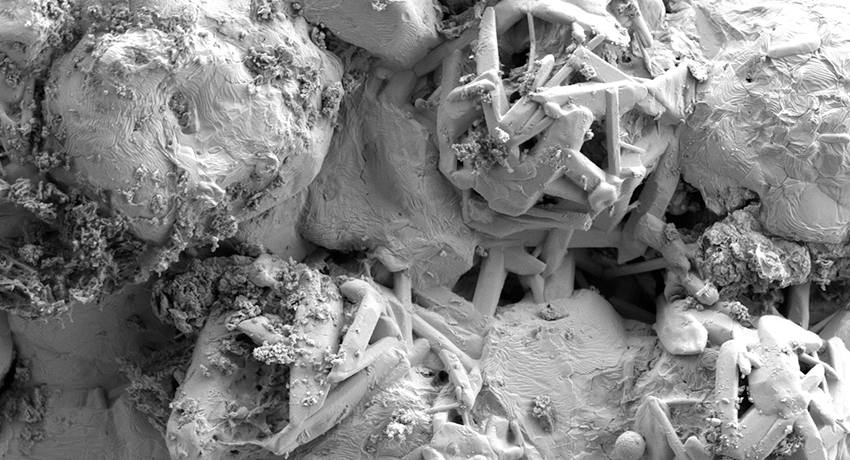Demonstrating that a material thought to be always chemically inert, hexagonal boron nitride (hBN), can be turned chemically active holds potential for a new class of catalysts with a wide range of applications.
Hyperspectral Near-field Optical Mapping
Glass is mostly silicon oxide and the same, in principle, as sand or the crystalline quartz in watches, with a stark difference – the level of defects present. Sand is like a stone with many surface defects, crystalline quartz is a perfect crystal, and glass is something in between. This makes it difficult to “see” glass at the nano scale, because there are so many non-uniformities. But the hyperspectral near-field optical mapping technique enables researchers to zero in and see effects to the glass from the scratching even beyond topographical damage.
From navigating ships and submarines using sonar to imaging organs in the human body using ultrasound technology, scientists and engineers have studied the numerous applications of sound waves for decades. Now, researchers at Penn State have found a way to use ultrasonic and acoustic guided waves to alter how light bounces off of objects, a phenomenon called optical reflection. Their technology received a patent on Feb. 2.




